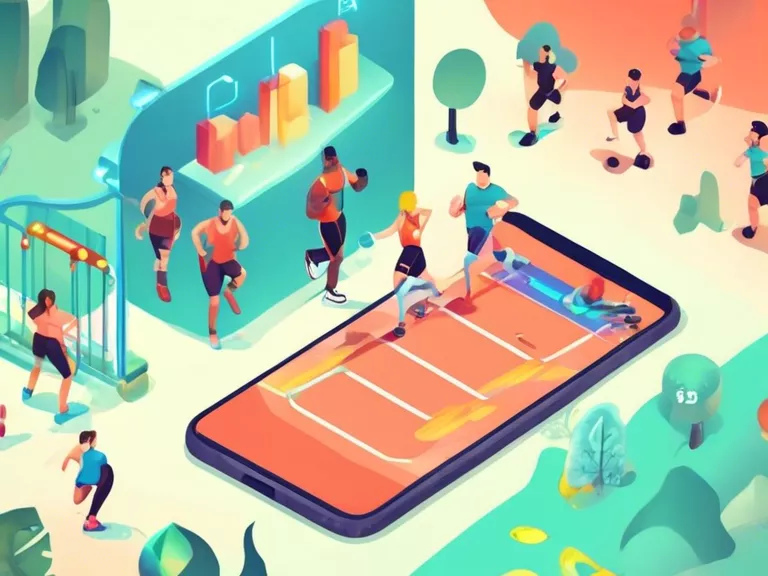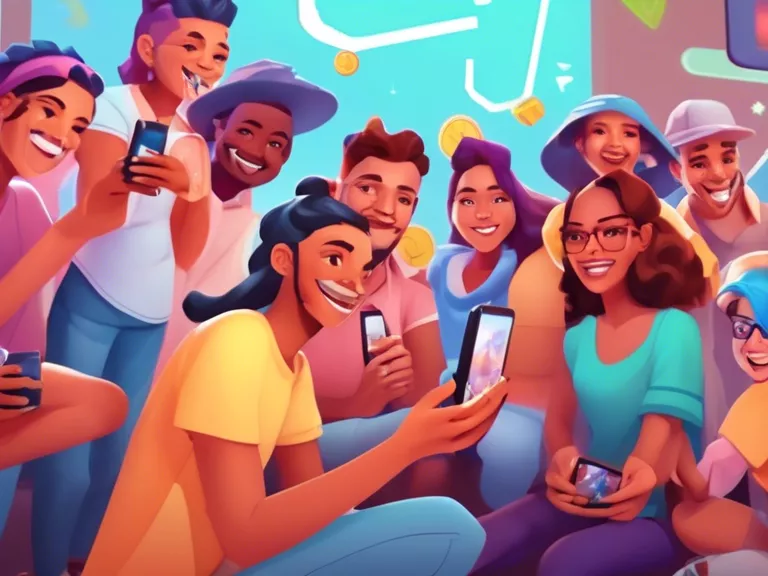
In recent years, there has been a growing trend of mobile games integrating fitness and physical activity features. These games not only provide entertainment but also encourage users to get off the couch and engage in physical exercise. From augmented reality games that require players to move around in the real world to fitness challenges that reward players for reaching certain activity goals, mobile games are increasingly incorporating elements of fitness to promote healthy lifestyles.
One of the most popular examples of this trend is Pokémon GO, an augmented reality game that was released in 2016. In Pokémon GO, players have to physically walk around their neighborhoods to find and catch Pokémon creatures. The game quickly became a global phenomenon, attracting millions of players who were motivated to get outside and explore their surroundings in search of rare Pokémon. The game's success demonstrated the potential of mobile games to promote physical activity and create social connections among players.
Other mobile games have followed suit, incorporating fitness features such as step counters, workout routines, and activity tracking. For example, the game Zombies, Run! combines a gripping narrative with interval training workouts that simulate a zombie apocalypse. Players are motivated to run faster in order to outrun virtual zombies and complete missions. Similarly, the app Ring Fit Adventure for the Nintendo Switch gamifies exercise by turning physical movements into in-game actions, such as running, jumping, and battling enemies.
The integration of fitness and physical activity features in mobile games has the potential to revolutionize the way people approach exercise. By making workouts more engaging and interactive, these games can motivate individuals to stay active and incorporate fitness into their daily routines. As technology continues to advance, we can expect to see even more innovative ways in which mobile games promote health and wellness through gamification.



